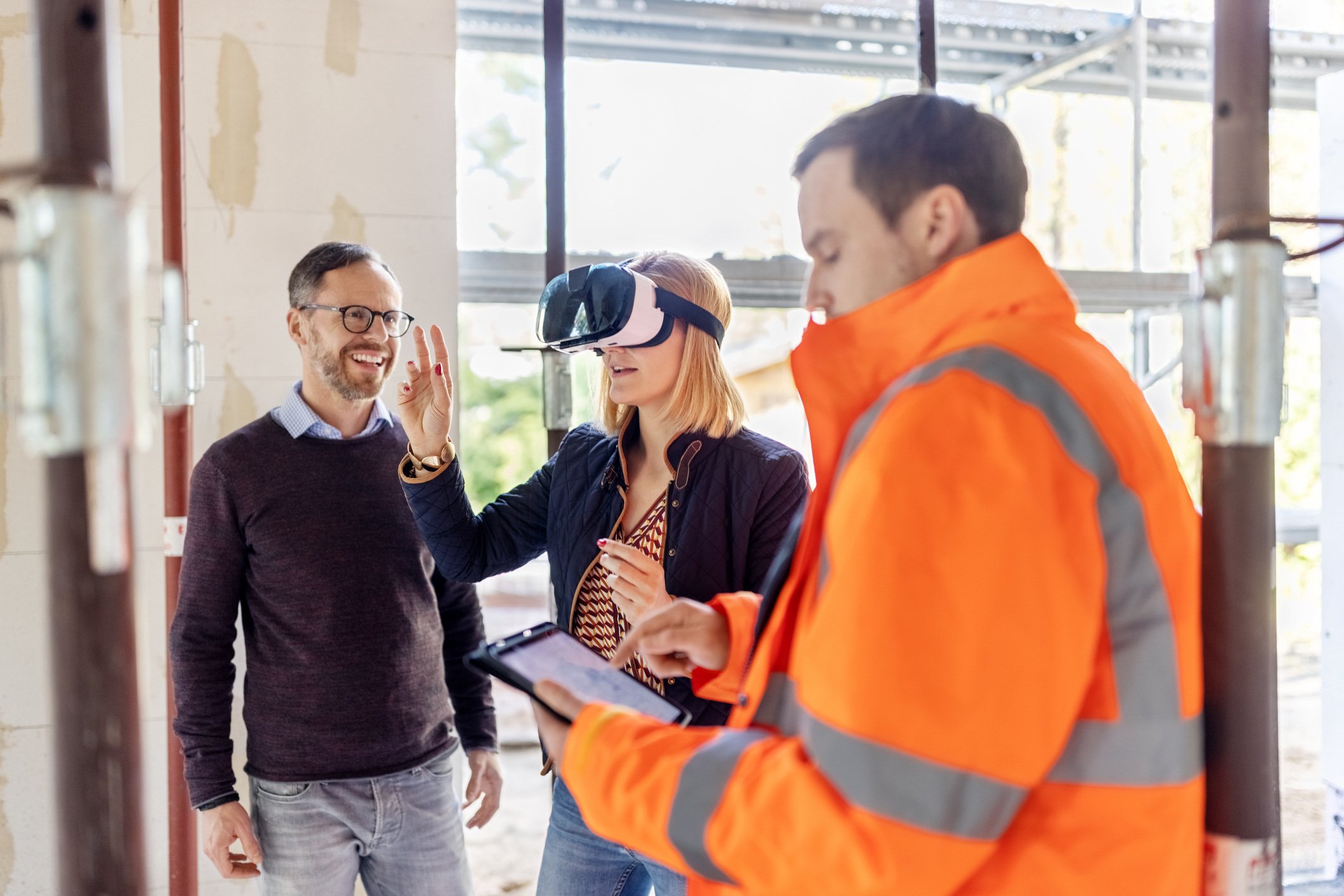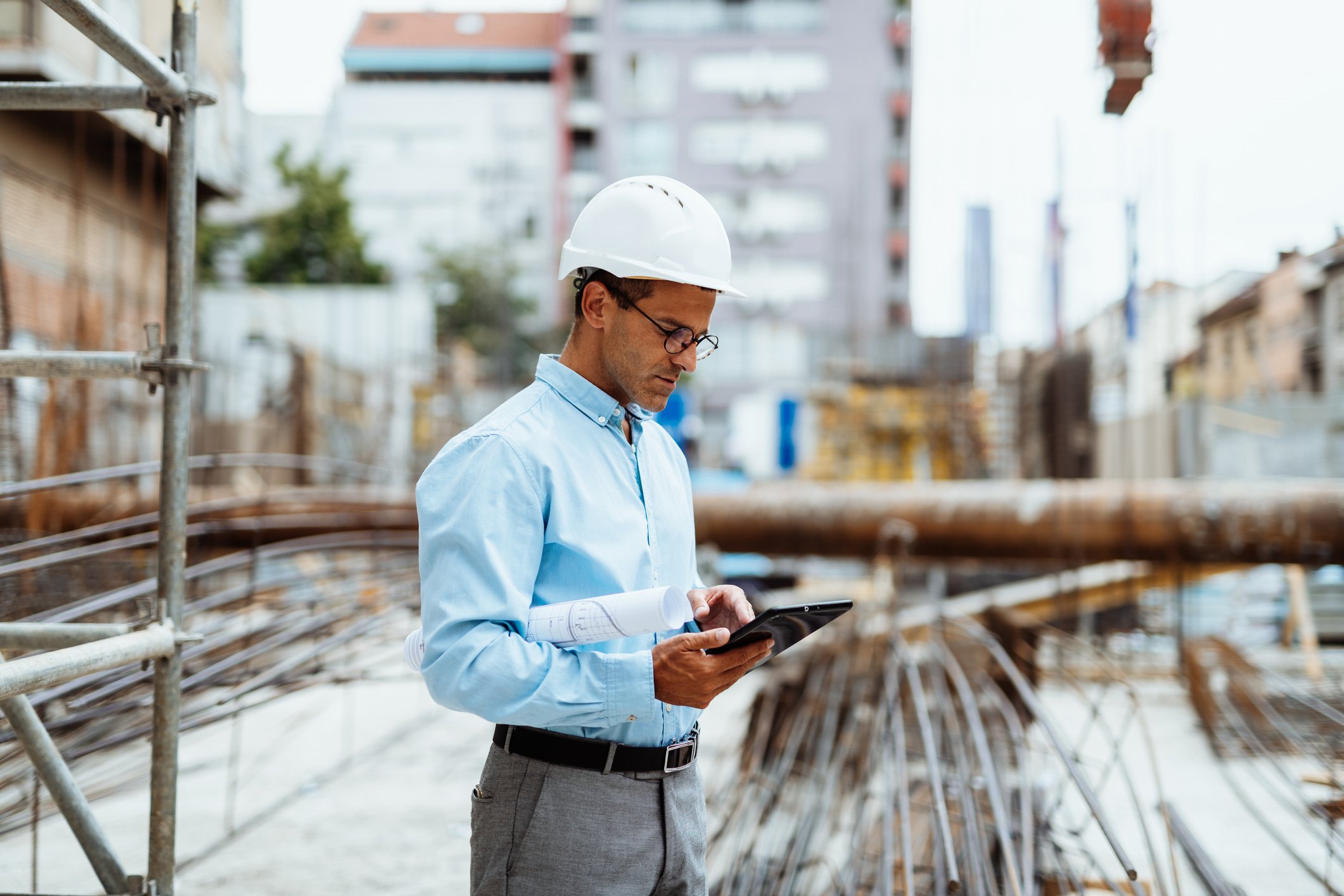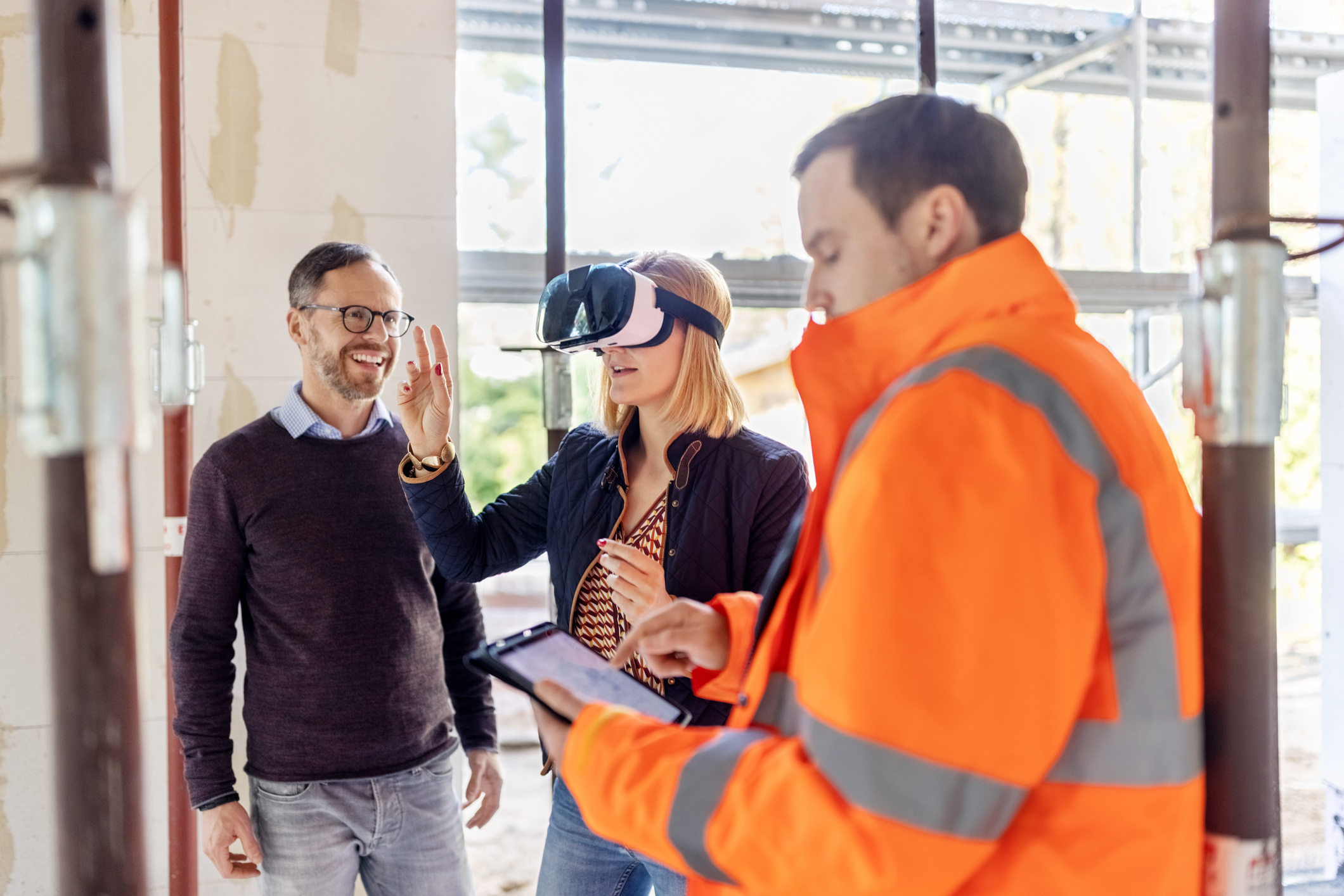Artificial intelligence (AI) is revolutionising the architecture and construction sector, aiding in the efficiency of designs and analysis of increasingly sustainable and personalised projects. However, this revolution also raises questions about the role of architects and the impact on the industry. Are we facing a mere innovation or a complete disruption of the sector?
How AI is transforming architectural design
- Predictive modelling: one of the advantages of AI in architecture is its predictive modelling capability: it can analyse thousands of variables in real-time and foresee potential design errors before construction begins. This reduces costs, minimises risks, and improves project efficiency. For example, AI software can detect structural errors in BIM (Building Information Modeling) models, allowing adjustments before the work commences.
- AI as a co-designer: Generative design helps generate multiple versions of the same design, optimising materials and costs according to the project's needs. Architects receive proposals they might never have considered, expanding design possibilities and opening new horizons for architecture.
- AI for efficiency in materials and costs: Waste reduction is one of the most pressing concerns in today's construction, and AI is an essential support. Artificial Intelligence is capable of analysing complex patterns and optimising the distribution of materials within a structure, reducing waste and maximising efficiency. By using optimisation algorithms, recommendations can be made regarding the most suitable materials for each component, in order to adjust costs and improve energy efficiency, which is crucial in today's architectural design.

Sustainability and AI: the union for more sustainable cities
- Algorithms to reduce waste: In the field of urban planning, AI is playing a crucial role in creating more sustainable cities. Through specialised algorithms, artificial intelligence optimises the planning of green spaces, improves water management, and helps reduce light and noise pollution in cities. These advances contribute to enhancing urban quality of life and creating healthier and more sustainable environments for inhabitants.
- Smart buildings: smart buildings integrate AI to improve their energy efficiency. Energy management systems based on machine learning adjust heating, ventilation, and lighting in real-time according to building use and weather conditions. Moreover, through sensors and feedback systems, buildings can adjust in real-time to changing conditions, ensuring maximum energy efficiency. AI enables the implementation of renewable energy systems more efficiently, such as smart solar energy storage or the use of sensors to optimise electricity consumption in commercial and residential buildings.
- Climate simulation and thermal comfort: The design of spaces that maximise thermal comfort and minimise energy use for heating and cooling is another achievement of AI. Thanks to climate simulations conducted with artificial intelligence, architects can anticipate how a building will behave under different weather conditions and design solutions in advance that improve energy efficiency and the comfort of the inhabitants.
- Data-driven urban planning: Urban planning is more precise and effective when supported by AI. Analysing large volumes of data to understand traffic patterns, residential needs, and the environmental impact of different projects can transform the way cities are managed. AI facilitates decision-making based on real data, not just forecasts, leading to more sustainable and efficient urban solutions.

AI in architecture: practical applications
The integration of AI and blockchain in architecture is revolutionising both design and project management. On one hand, tools like FenestraPro and cove.tool use artificial intelligence algorithms to optimise the energy efficiency of buildings, allowing architects and engineers to assess the impact of different solutions on natural lighting, thermal comfort, and energy consumption from the early stages of design.
On the other hand, the implementation of blockchain in construction provides an immutable record of data, enhancing transparency and traceability in the supply chain. This is key for tracking the carbon footprint of materials, managing sustainable certifications, and generating more accurate reports.

Image source: FenestraPro
AI in architecture: tool or replacement?
Artificial intelligence is revolutionising architecture and construction, offering more efficient, sustainable, and safer solutions. Despite its benefits, the incorporation of AI in architecture also poses ethical challenges. How is human creativity balanced with algorithm-generated design? To what extent should AI influence the design process without replacing the intuition and experience of architects? While AI is a powerful tool for process optimisation and offering new solutions, it is important to remember that the human touch, creativity, and cultural sensitivity remain irreplaceable. AI has its limitations, especially in areas requiring a deep understanding of culture, human emotions, and aesthetics. Although it can optimise the technical and logistical aspects of a project, designing spaces that emotionally connect with people still depends on human intervention.
Collaboration between humans and machines, rather than substitution, is key to advancing in this digital era and making the most of Artificial Intelligence. As technology continues to advance, collaboration between architects and AI systems will define the future of construction, taking innovation and sustainability to a new level.

